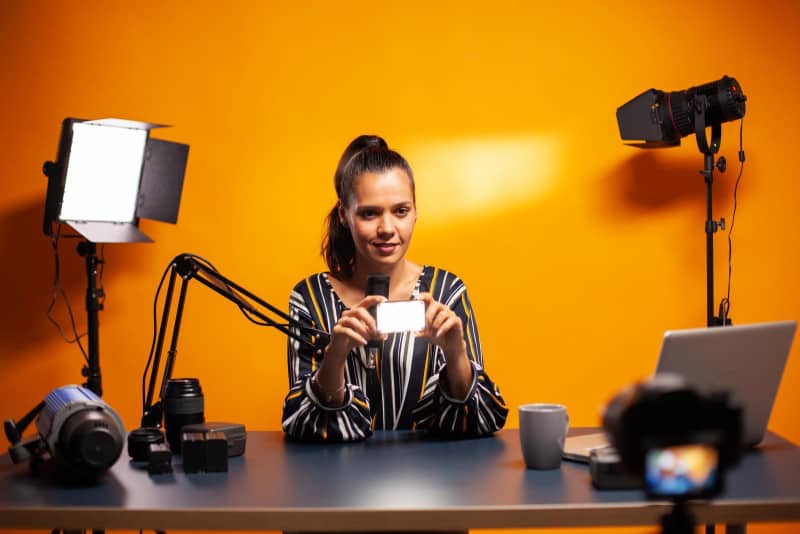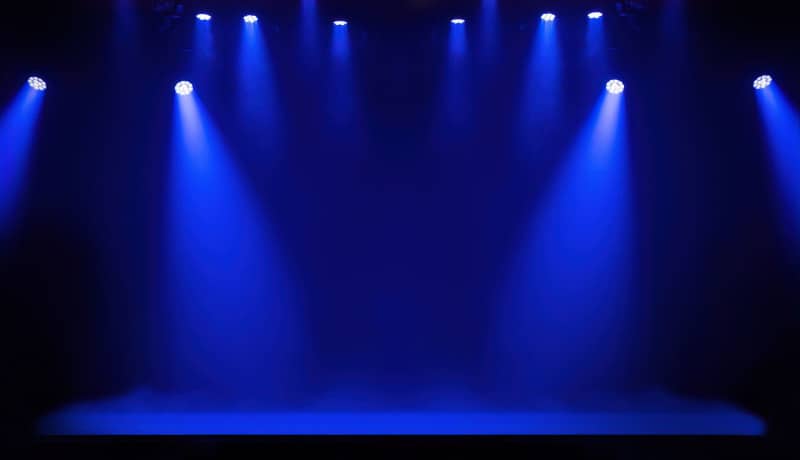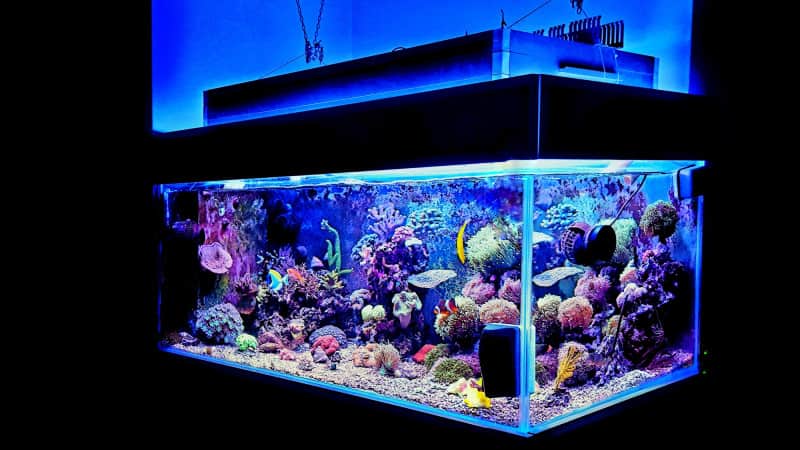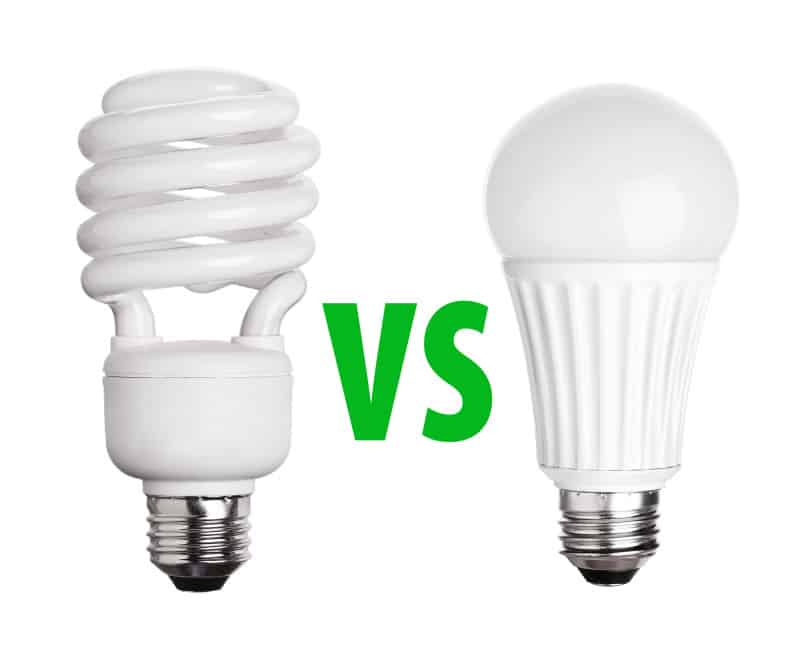As the world of photography continues to evolve, LED lights have emerged as a game-changer, revolutionizing the way photographers illuminate their subjects.
With their myriad benefits, such as accurate color reproduction and versatility, LED lights have become a staple in both studio and outdoor photography sessions.
Whether you’re a seasoned professional or just starting out, integrating LED lights into your photography toolkit can help you capture stunning images with remarkable clarity and depth.
Benefits of LED Lights for Photography
Using LED lights for photography is becoming increasingly popular due to their many advantages.
One of the biggest benefits of LED lighting is their ability to reproduce color accurately, as they are able to maintain a consistent color temperature.
This makes them ideal for photographers who are looking for a reliable source of light that can help them capture perfect colors in any scene.
LED lights can also be used with various light modifiers, such as softboxes or umbrellas, to change the shape and intensity of the light.
Photographers can use these modifiers to create different moods or effects in their shots, ranging from soft and natural-looking light to harsher and more dramatic lighting.
This versatility makes LEDs a great choice for any type of photography session.
LED lights are also easy to set up and use, giving you the freedom to experiment without having too much technical knowledge beforehand.
They are compact and lightweight enough to take with you wherever you go, making them perfect for both studio and outdoor shoots.
All these features make LED lighting an attractive option for photographers looking for high-quality images.
Types of LED Lights
The benefits of LED lights for photography are clear: they’re energy-efficient, durable, and easy to use.
But now, let’s delve into the various types of LED lights that are available to photographers.
The most commonly used type of LED light is a continuous light panel and is available in a number of different sizes.
These panels have adjustable color temperatures, making it easy to create precise lighting effects.
They can be fitted with diffusion filters which help to soften the light intensity and create a more natural looking effect.
LED ring lights are also popular among photographers who want to achieve an even spread of lighting across their subject.
This type of LED light is great for portrait photography as it creates an attractive ‘halo’ glow around your subject’s face, while providing even illumination across the entire frame.
It’s also possible to fit these lights with color filters so you can change the tone of your photos quickly and easily.
Setting Up LED Lights
Setting up LED lights for photography can be daunting, but with a few tips, it’s easy to get the perfect shot.
To begin, decide on your lighting placement. Positioning your lights too close to your subject will create harsh shadows and will likely wash out the colors in your photos.
Pay attention to the color temperature of your LED lights. A lower value temperature will produce warmer tones while a higher value will produce cooler tones.
Once you have the right lighting placement and color temperature sorted out, it’s time to add some special effects.
Here’s a list of 4 ways to make any photo stand out:
- Use dimming options – dimming your lights can help create moody atmospheres or emphasize certain features in photos
- Experiment with gels – colored gels can be placed over LED lights to enhance any photo’s overall atmosphere
- Adjust the light intensity – increase or decrease the intensity of LED lighting depending on what you want to capture
- Add multiple light sources – using multiple light sources in different directions can help create dramatic depth and contrast in photos
By following these simple steps, you’ll be able to take beautiful photos with stunning lighting effects.
With a little bit of experimentation, there are endless possibilities when it comes to creating spectacular images with LED lights!
Adjusting Light Intensity
“The best way to light a room is to be the light” -Anonymous.
Adjusting the intensity of LED lighting is essential for any photography session, as it helps create various moods and effects.
The three main components to consider when changing the light intensity are colour temperature, diffusion, and power output.
| Component | Description | Tips |
|---|---|---|
| Colour | Temperature impacts how warm or cool a photo looks | Use a lower Kelvin rating |
| Diffusion | Creates softer lighting by dispersing light into shadows | Choose diffusers with grids |
| Output | Controls brightness and shadows in a photo | Use dimmer switches or panels |
Understanding these different components and learning how to adjust them will give you more control and better results while shooting.
Whether you are creating soft, subtle lighting or bright, vibrant shots, LED lights provide flexibility so you can experiment with different settings to get the desired effect.
With this knowledge, photographers can create stunning images that will wow their clients.
Tips for Capturing The Best Shots
When it comes to taking great photos with LED lights, there are a few tips that will help you capture the best shots.
First and foremost, use light modifiers like umbrellas or soft boxes to diffuse the light and create an even spread of illumination.
This will give your photographs a professional look and feel, while also minimizing nasty shadows and hotspots.
You should also experiment with different angles and distances between the camera and your LED light source.
Try shooting from various positions to see how it affects your overall image.
If you’re wanting to get creative, consider using photo editing software to enhance the final look of your images.
It’s easy to adjust brightness levels, enhance colors, sharpen details, add focus effects and more right on your computer or mobile device. Have fun experimenting with different editing tools until you nail down the perfect shot!
Conclusion
In this guide, we’ve explored the various types of LED lights available, tips for setting up and adjusting light intensity, and strategies for capturing the best shots.
From continuous light panels to LED ring lights, each option provides unique advantages and creative possibilities.
By understanding the different components of LED lighting, experimenting with light modifiers, and utilizing photo editing software, you’ll be well-equipped to elevate your photography game and produce captivating images that stand out.
Embrace the power of LED lights, and let your creativity shine as brightly as the subjects you capture.




